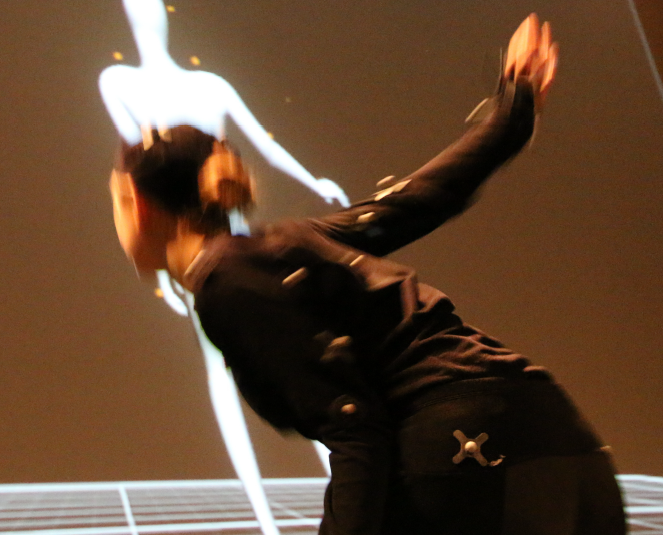Can performers, audience and technology interact with each other in a symbiotic manner? Charlotte Triebus has been working on answering this question for the past three years. With ‘Spheres’ (2020), the artist created a choreographic installation as an interface between intimacy, communication, and artificial intelligence. It enables two performers, up to twelve intelligent spheres, and the visitors to interact with as well as react to each other.























